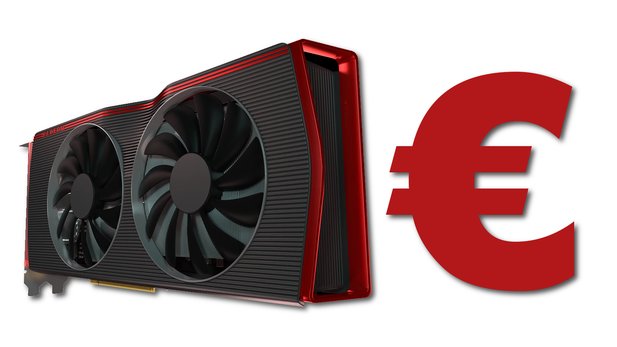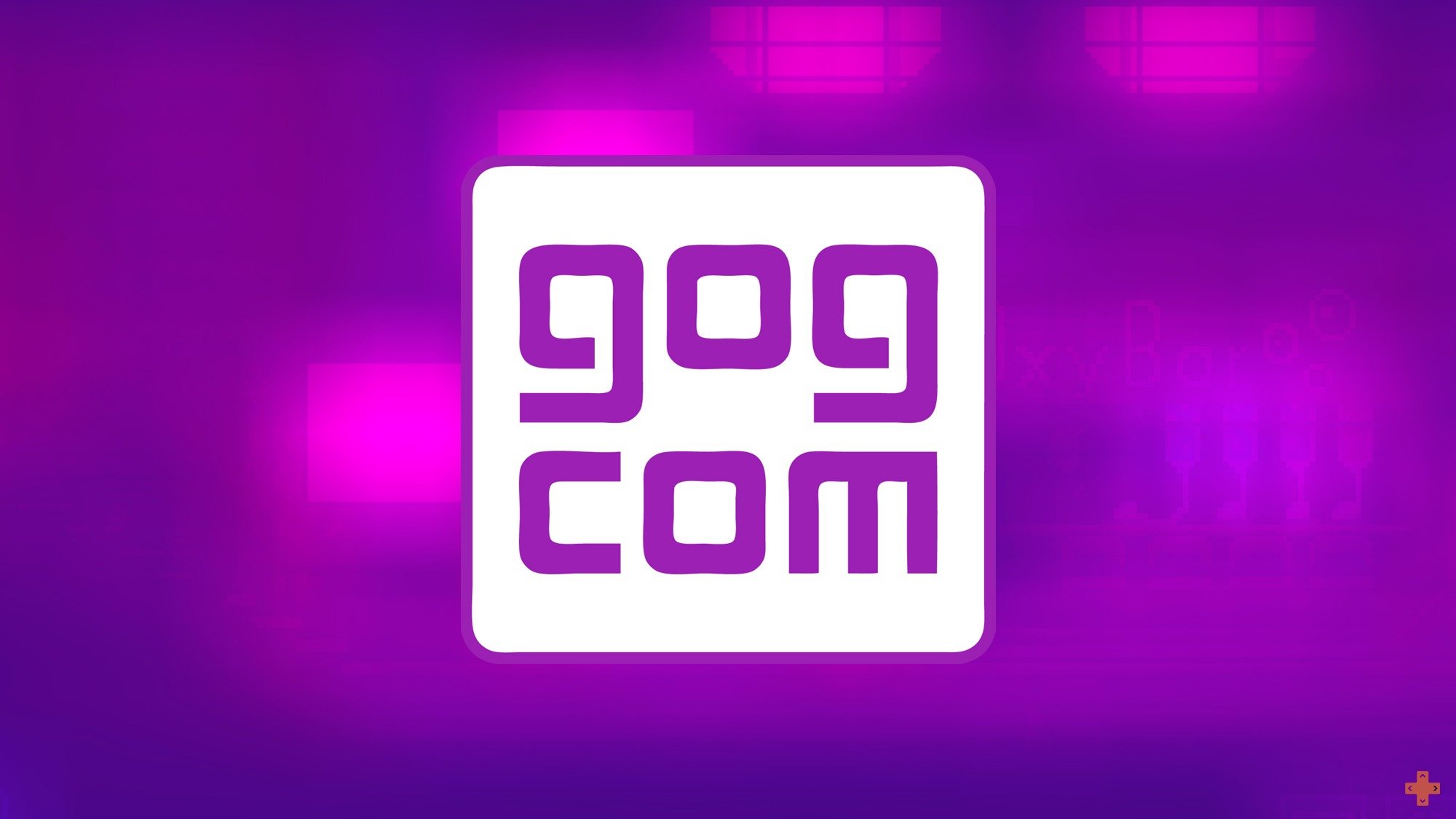
AMD's new navigation graphics cards Radeon RX 5500 XT and Radeon RX 5600 XT have been on the market for a few weeks now. However, one point of criticism that has been expressed in many tests and also by ourselves remains: Their price is too high considering the performance.
The Radeon RX 5500 XT with 4.0 GB VRAM is available from around 180 euros. But you also get a Radeon RX 580 with twice as much video memory, which works in our graphics card benchmarks on average just as quickly as the RX 5500 XT with 8.0 GB VRAM – albeit with a clearly higher power consumption due to the older manufacturing process ,
The Radeon RX 5500 XT with 8.0 GB VRAM again costs about 220 euros. This is very close to the roughly 20 percent faster Geforce GTX 1660 Super with 6.0 GB VRAM, which is usually easily sufficient in this performance class.
AMD's Radeon RX 5600X with 6.0 GB VRAM costs at least 300 euros. Just like in the case of Nvidia's RTX 2060 with the same amount of VRAM, your problem is the only around 20 to 30 euros more expensive RX 5700, which has more VRAM (8.0 GB) and around 15 percent higher performance to offer.
more on the subject
RX 5600 XT in the test – benchmark comparison with GTX 1660 Ti and RTX 2060
AMD's market share is on the up
The significantly more attractive prices of the Radeon RX 5700 (XT), however, probably bring good news to AMD in terms of the market share of dedicated graphics cards.
According to Jon Peddie Research's figures, they have increased significantly from about 19 percent in the previous year to just over 31 percent. Nvidia remains clearly at the top with around 69 percent.
Since the RX 5600 XT and RX 5500 XT were released in mid-January 2020 and mid-December 2019, they can only have a positive impact on AMD's market share in the first quarter of 2020 at the earliest, but their currently (too) high prices should stand in the way of a greater impetus.









